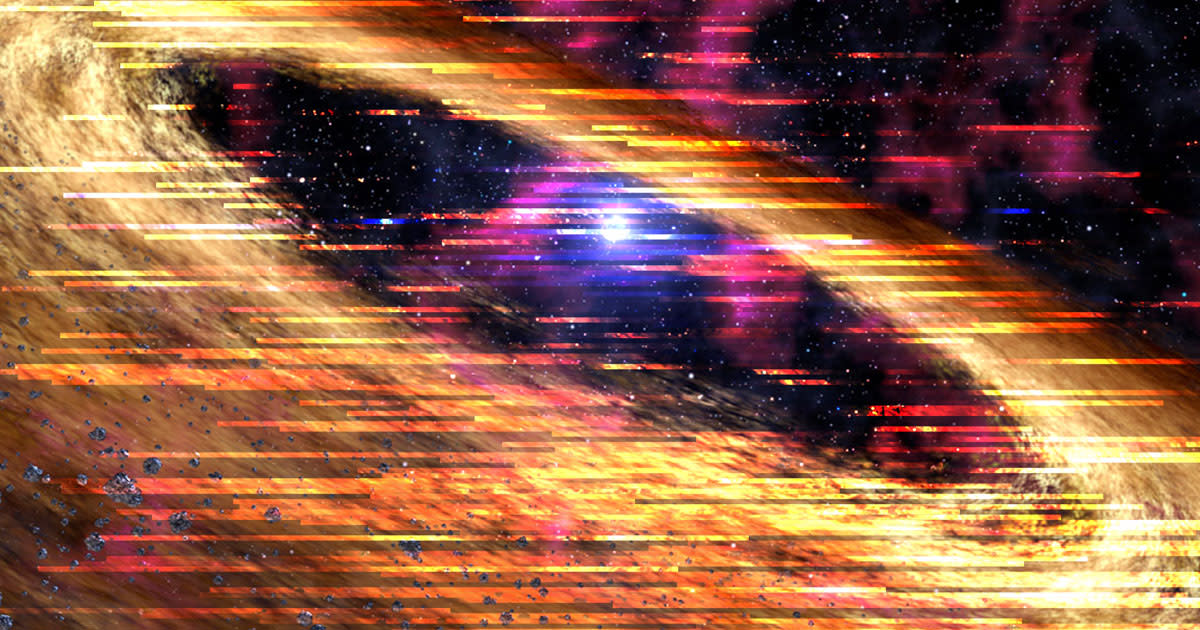Astronomers Baffled After Zombie Star Remains Start "Glitching"

Astronomers have long been puzzled by the "heartbeats" of neutron stars, the extremely dense remains of massive stars that erupted in a supernova.
While we now know far more about their origins, the unusual pulses have led to plenty of far-fetched theories, including the possibility of an ancient civilization attempting to communicate with us.
These heartbeats have usually appeared with striking regularity, likely due to spinning neutron stars emitting short bursts of radiation like a cosmic lighthouse.
But some pulses are "glitching" or suddenly speeding up, throwing a wrench in our efforts to better understand them.
Now, in a paper published in the journal Scientific Reports earlier this year, physicists have come up with a new model that perfectly aligns with this unusual behavior.
"More than half a century has passed since the discovery of neutron stars, but the mechanism of why glitches happen is not yet understood," said corresponding author and Hiroshima University professor Muneto Nitta in a recent statement. "So we proposed a model to explain this phenomenon."
Scientists have previously proposed that "avalanches" of "superfluid vortices" — the highly volatile ingredients of neutron stars trying to reach equilibrium and kicking off a chain reaction of swirling matter — are behind these mysterious glitches.
But what exactly triggers this avalanche in the first place remains a subject of debate.
"In the standard scenario, researchers consider that avalanche of unpinned vortices could explain the origin of glitches," Nitta explained in the statement. "If there would be no pinning, it means the superfluid releases vortices one by one, allowing for a smooth adjustment in rotation speed. There would be no avalanches and no glitches."
"But in our case, we didn't need any mechanism of pinning or additional parameters," Nitta added. "In this structure, all vortices are connected to each other in each cluster, so they cannot be released one by one. Instead, the neutron star has to release a large number of vortices simultaneously."
The team suggested the existence of two interacting types of superfluid that may explain the strange behavior. They found that their new model almost perfectly corresponds to the observed data.
"Our model explains the appearance of these glitches in terms of the presence of quantum vortex networks arising at the interface of two different kinds of superfluids in the core of neutron stars," the paper reads.
Yet plenty of questions remain — which shouldn't be surprising given the level of complexity involved.
"A neutron star is a very particular situation because the three fields of astrophysics, nuclear physics, and condensed matter physics meet at one point," Nitta explained. "It’s very difficult to observe directly because neutron stars exist far away from us, therefore, we need to make a deep connection between the interior structure and some observation data from the neutron star."
More on neutron stars: Scientists Intrigued by Signal From Space Repeating Every Hour

 Yahoo News
Yahoo News 
